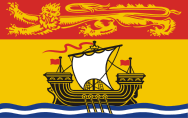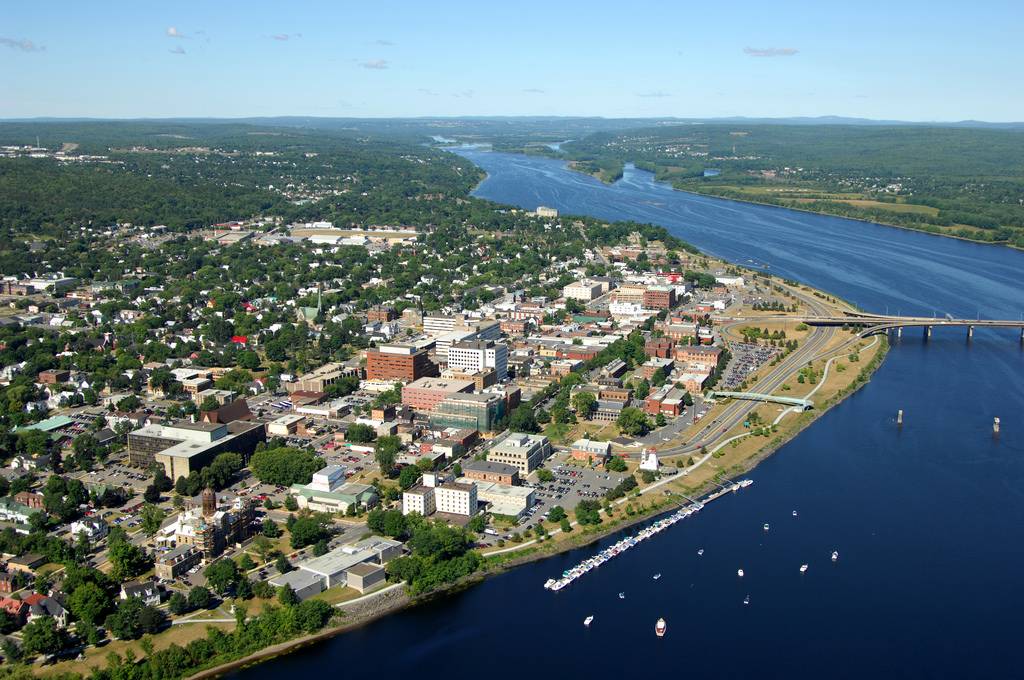It appears that you're running an Ad-Blocker. This site is monetized by Advertising and by User Donations; we ask that if you find this site helpful that you whitelist us in your Ad-Blocker, or make a Donation to help aid in operating costs.
▼ Sponsored Links ▼
▲ Sponsored Links ▲
▲ Sponsored Links ▲
Region Information Data for New Brunswick (NB)
New Brunswick (French: Nouveau-Brunswick) is one of four Atlantic provinces on the east coast of Canada.
The indigenous inhabitants of the land at the time of European colonization were the Mi'kmaq, the Maliseet, and the Passamaquoddy peoples, aligned politically within the Wabanaki Confederacy, many of whom still reside in the area.
Posted on January 19th, 2017 · Updated on July 14th, 2020
The indigenous inhabitants of the land at the time of European colonization were the Mi'kmaq, the Maliseet, and the Passamaquoddy peoples, aligned politically within the Wabanaki Confederacy, many of whom still reside in the area.
| Demonym | New Brunswicker |
| Capital | Fredericton |
| Official Motto | Spem reduxit [Latin] ("Hope restored") |
| Official Flag |  |
| Official Language(s) | English and French |
| Approximate Size | Total: 28,150 sq mi (72,908 km2) Land: 27,590 sq mi (71,450 km2) Water: 563 sq mi (1,458 km2) 2% |
| Population | 772,238 (2018) |
| Currency | Canadian Dollar (CAD $) |
| Drives | On the Right |
| International Dialing Code | +1 |
| Area Facts | What is the climate like in New Brunswick? New Brunswick's climate is more severe than that of the other Maritime provinces, which are lower and have more shoreline along the moderating sea. New Brunswick has a humid continental climate, with slightly milder winters on the Gulf of St. Lawrence coastline. Elevated parts of the far north of the province have a subarctic climate. What is agriculture like in New Brunswick? More than 13,000 New Brunswickers work in agriculture, shipping products worth over $1 billion, half of which is from crops, and half of that from potatoes, mostly in the Saint John River valley. McCain Foods is one of the world's largest manufacturers of frozen potato products. Other products include apples, cranberries, and maple syrup. New Brunswick was in 2015 the biggest producer of wild blueberries in Canada. The value of the livestock sector is about a quarter of a billion dollars, nearly half of which is dairy. Other sectors include poultry, fur, and goats, sheep, and pigs. The value of exports, mostly to the United States, was $1.6 billion in 2016. About half of that came from lobster. Other products include salmon, crab, and herring. What natural resources are in New Brunswick? About 83% of New Brunswick is forested. Historically important, it accounted for more than 80% of exports in the mid 1800s. By the end of the 1800s the industry, and shipbuilding, were declining due to external economic factors. The 1920s saw the development of a pulp and paper industry. In the mid-1960s, forestry practices changed from the controlled harvests of a commodity to the cultivation of the forests. Mines in New Brunswick produce lead, zinc, copper, and potash. |
▼ Sponsored Links ▼
▲ Sponsored Links ▲
▲ Sponsored Links ▲
Comments
(Related Products
▼ Sponsored Links ▼
▲ Sponsored Links ▲
▲ Sponsored Links ▲



